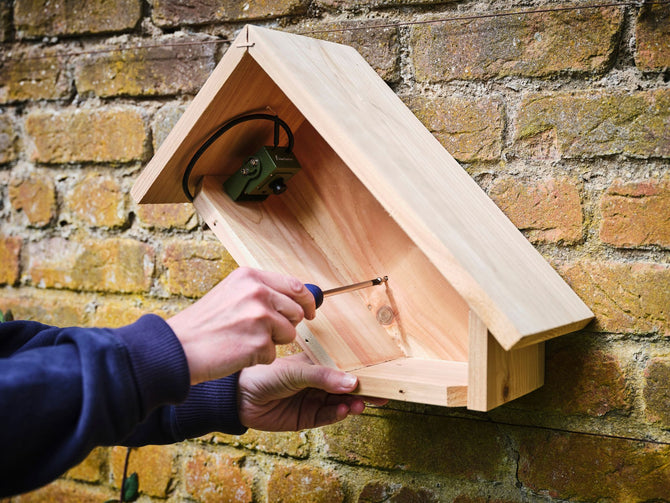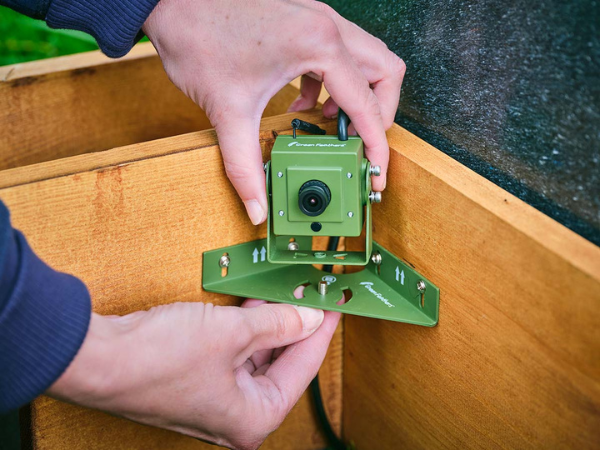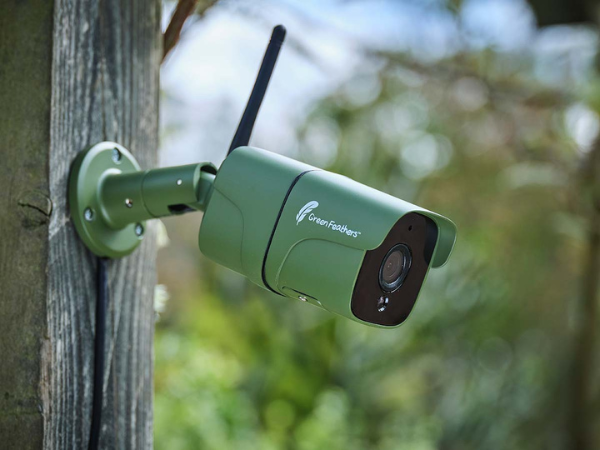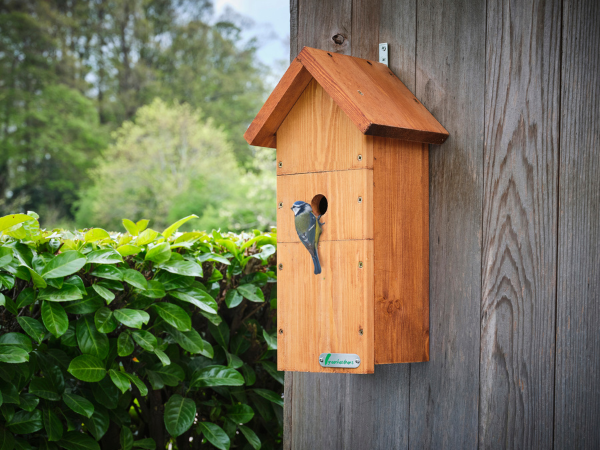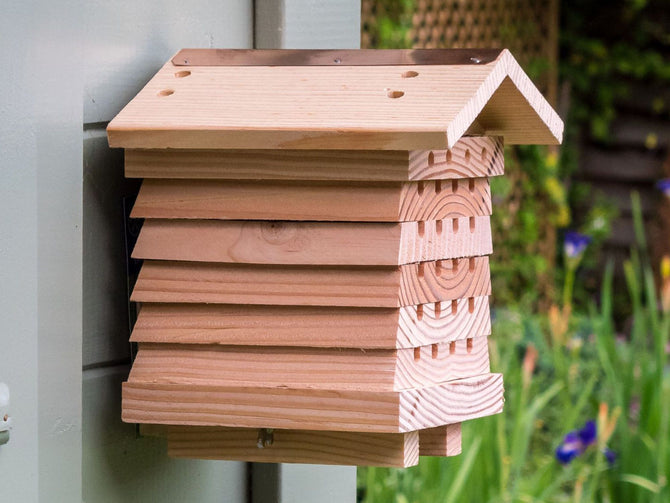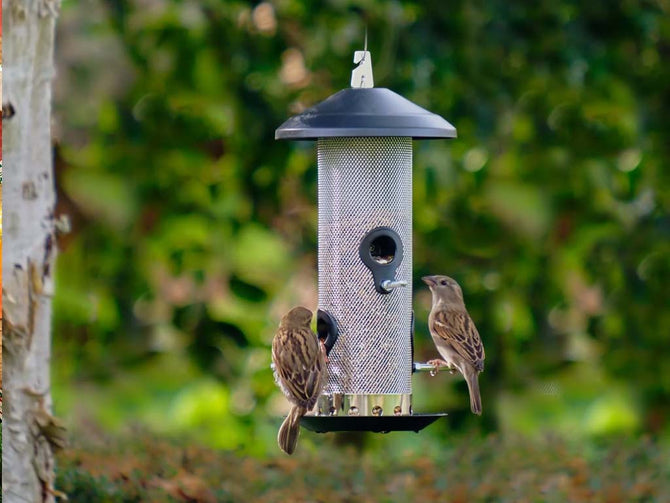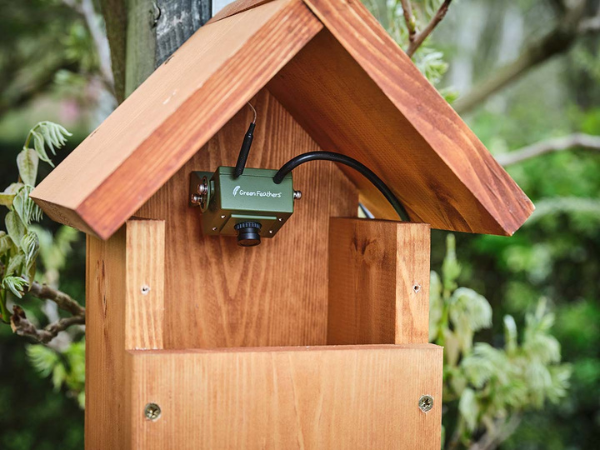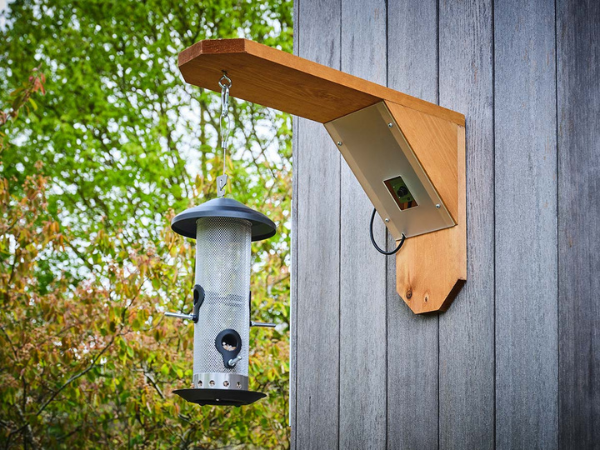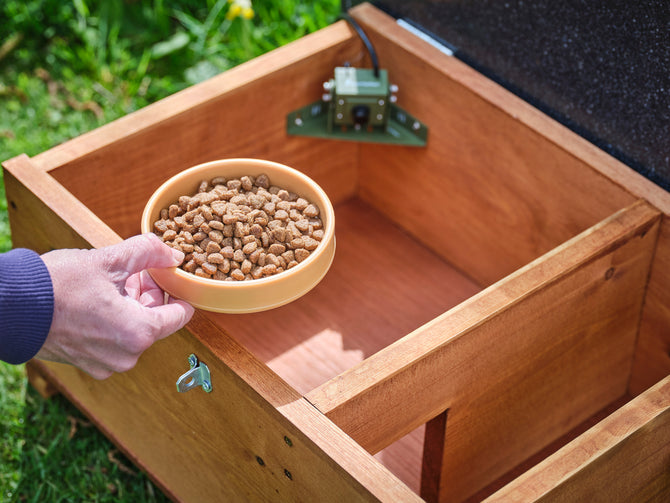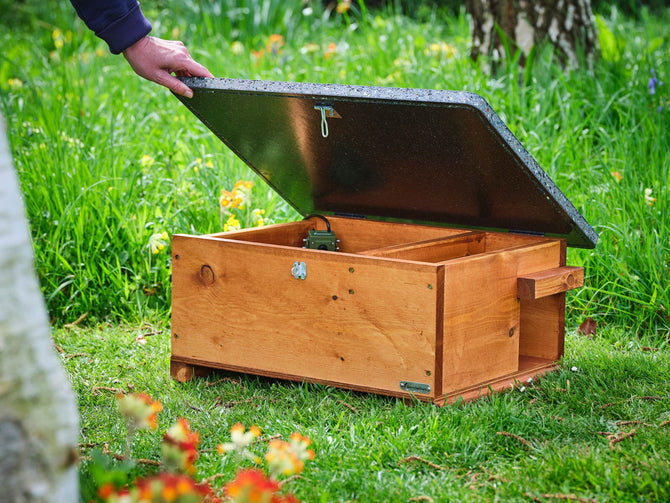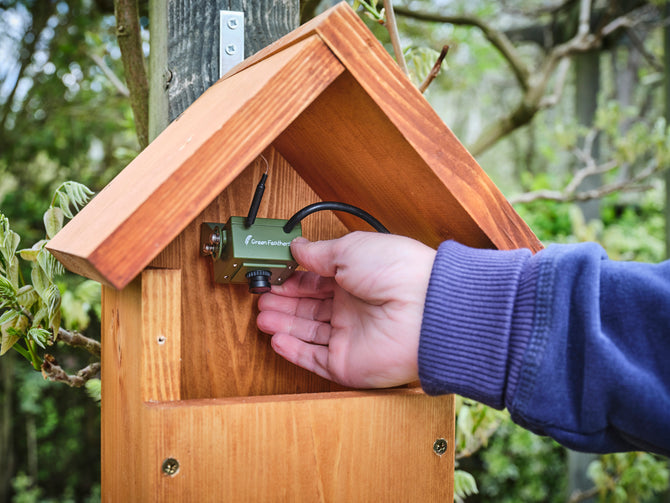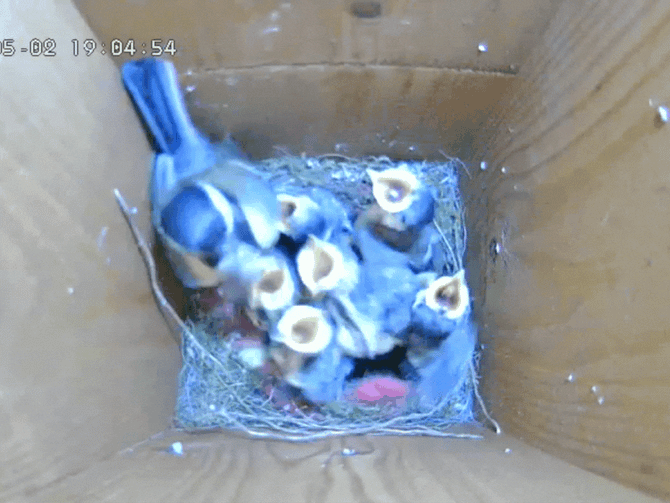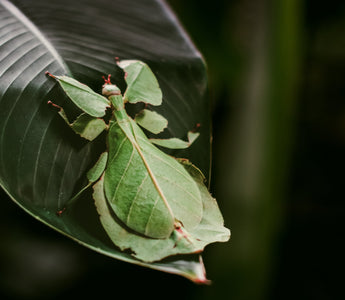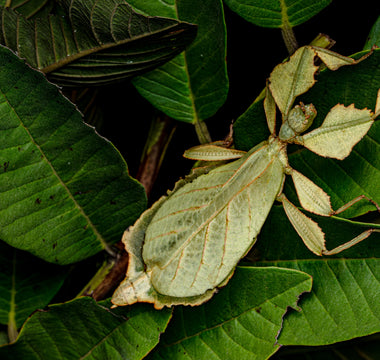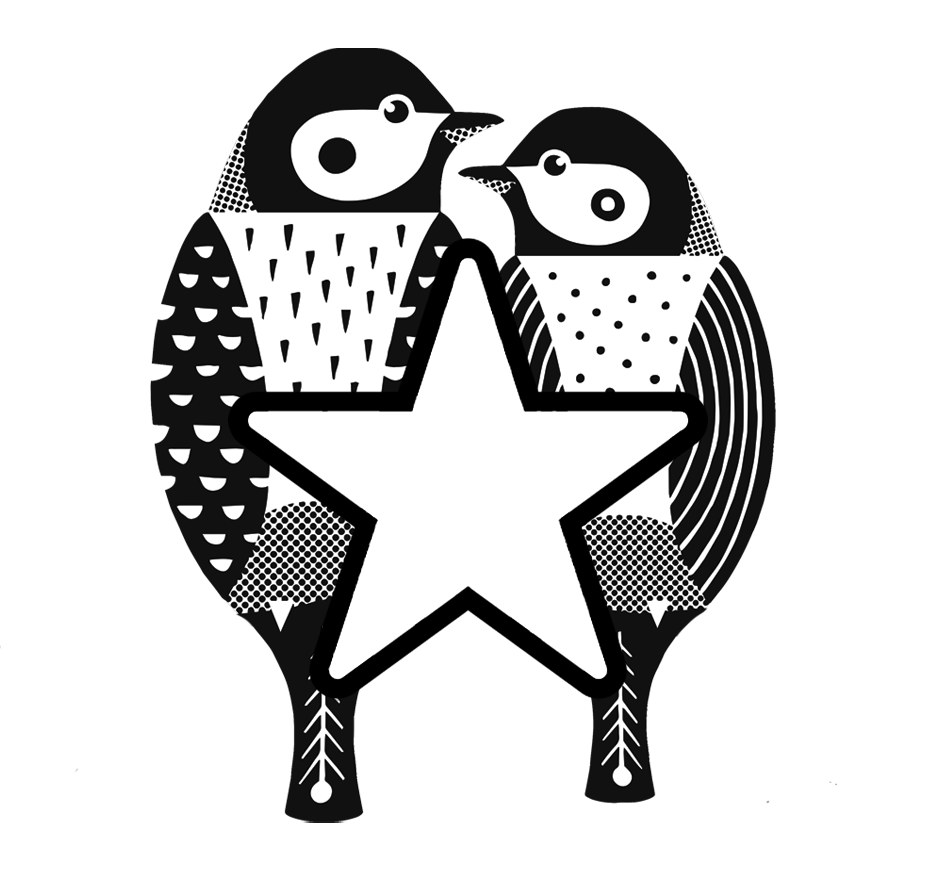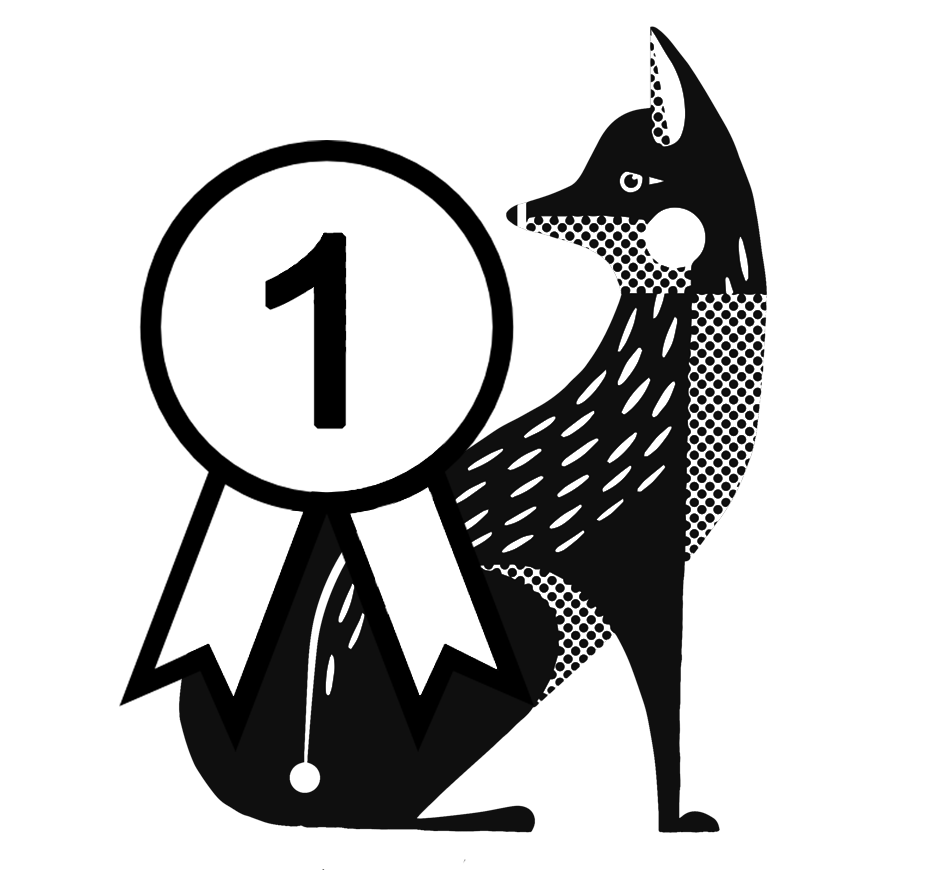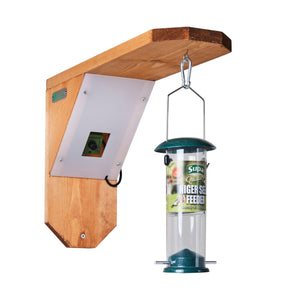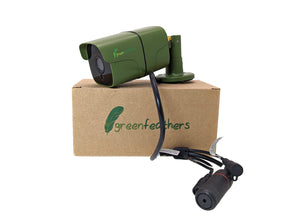In the insect world, survival often hinges on one thing: staying unnoticed. Whether it’s hiding in plain sight or pretending to be something they’re not, insects have evolved astonishing strategies to outwit predators. Two of the most remarkable are camouflage and mimicry—and while they may sound similar, they work in very different ways.
Let’s dive into the world of insect illusionists and explore how these tiny creatures use disguise to thrive.
Camouflage: The Art of Disappearing
Camouflage is all about blending in. Insects use colour, shape, and texture to vanish into their surroundings or to appear unappetizing. Here are two key strategies:

Some insects are so well camouflaged that even trained eyes struggle to spot them. Take the leaf katydid, which looks exactly like a twig. Or the dead leaf butterfly, whose wings mimic the veins, blemishes, and jagged edges of a fallen leaf. These disguises help them avoid detection by predators like birds and lizards.
Some insects take a different approach: they disguise themselves as something predators wouldn’t dream of eating—like poop. The beautiful wood-nymph moth, which sports a white and brown pattern that mimics flies feeding on fresh bird droppings. It’s a surprisingly effective deterrent—after all, what self-respecting predator wants to snack on that?
While many insects use camouflage to avoid being eaten, the flower mantises flip the script—using its disguise to hunt. Species like the orchid mantis (Hymenopus coronatus) mimic the shape, colour, and even texture of blossoms. Perched motionless among real flowers, they lure in unsuspecting pollinators like bees and butterflies.
Mimicry: Pretending to Be Something Else
While camouflage hides an insect, mimicry tricks predators by making the insect look or behave like something dangerous or unpalatable, or to blend in with and exploit the help of others. Two fascinating types are Batesian mimicry and myrmecophily.

In Batesian mimicry, a harmless insect imitates a more dangerous or toxic one to avoid being eaten. Here are some incredible examples:
- Snake Mimic Caterpillars: The caterpillar of the Hemeroplanes triptolemus moth can inflate its body and rear up to resemble a small snake, complete with eye spots and a striking pose. It’s enough to make a bird think twice.
- Red Oak Borer Beetle (Enaphalodes rufulus): This beetle mimics the appearance of a wasp, with bold black and yellow stripes. Though it’s completely harmless, predators often mistake it for a stinger-equipped insect and steer clear.
- Ant-Mimicking Treehopper: Some treehoppers have evolved to look like ants, complete with false antennae and segmented bodies that face backwards. This mimicry helps them avoid predators that typically avoid ants due to their aggressive behaviour and chemical defences.
Myrmecophily is a more complex form of mimicry where insects exploit ants by mimicking their scent, behaviour, or communication.
In the UK A standout example is the Large Blue Butterfly (Phengaris arion). Its caterpillars initially feed on wild thyme, but after a few moults, they drop to the ground and are adopted by red ants (Myrmica sabuleti). The caterpillars mimic the ants’ chemical signals and are taken into the nest, where they feed on ant larvae and stay protected inside the colony. They eventually pupate and then crawl out of the ground as fully grown butterflies. It’s a stunning case of chemical espionage—and one of the most sophisticated parasitic relationships in the insect world.
Why It Matters
These adaptations aren’t just cool party tricks—they’re survival strategies honed over millions of years. Camouflage and mimicry allow insects to avoid predators, exploit resources, and thrive in ecosystems where danger lurks at every turn.
See if you can find some of our native deceptive insects next time you step outside, like our snapped twig-looking Buff-tip moths (Phalera bucephala) or our various hoverfly species like the hornet (Volucella zonaria) and Bumblebee (Eristalis tenax) mimics.

